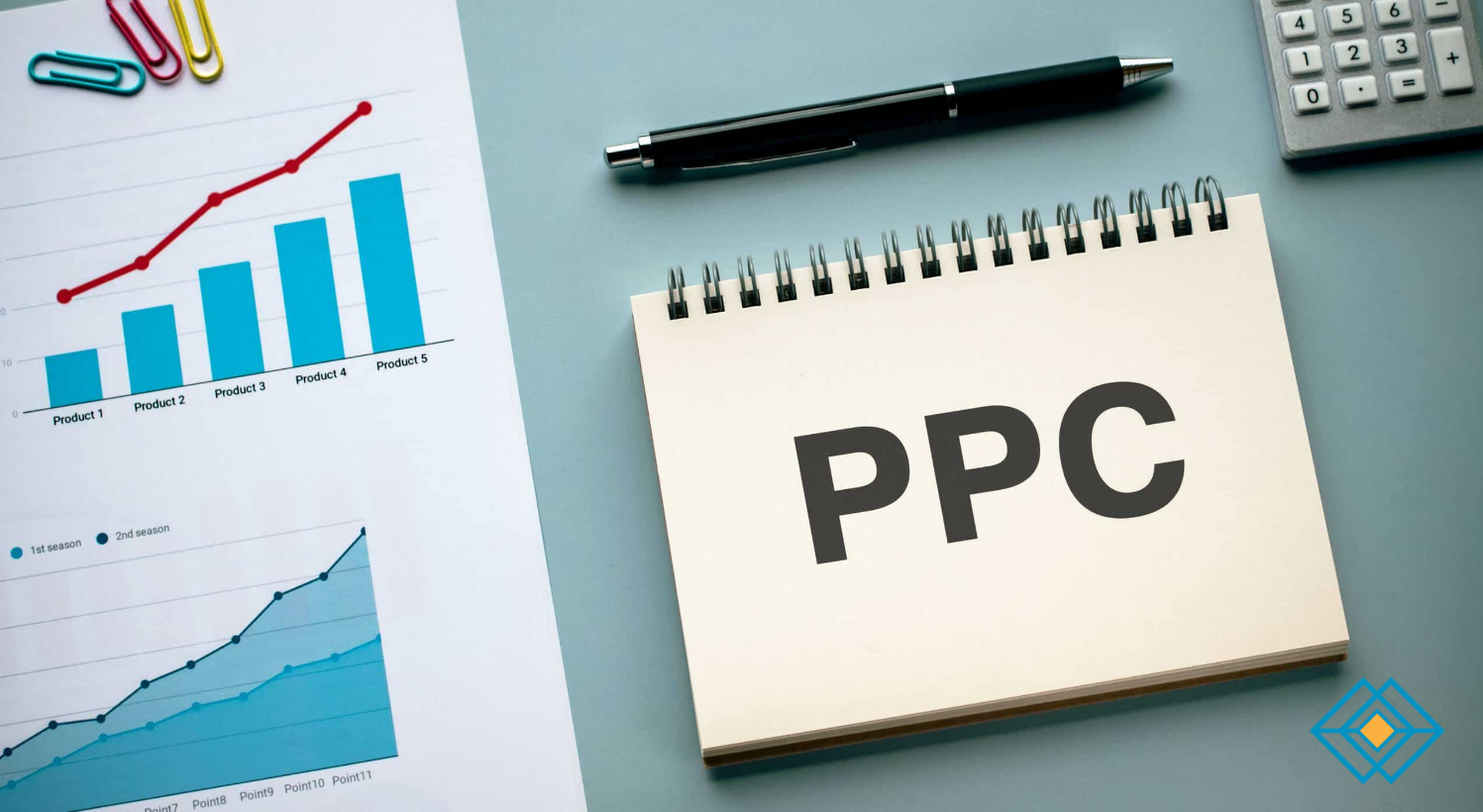Pay-Per-Click (PPC) Ads: The Fast Track to Business Growth | 2025
In the digital marketing world, few strategies deliver results as quickly and measurably as Pay-Per-Click (PPC) advertising. Whether you’re a startup aiming for brand awareness or an established business seeking more conversions, PPC campaigns offer a direct, data-driven way to reach your target audience.
With platforms like Google Ads, Facebook Ads, LinkedIn Ads, and more, PPC has become an essential part of growth marketing strategies for businesses across industries.
What is PPC Advertising?
Pay-Per-Click (PPC) is an online advertising model where advertisers pay a fee each time someone clicks their ad. Instead of earning traffic organically, you buy visits to your site. PPC ads can appear on search engines, social media, or display networks, targeting specific demographics, interests, or search queries.
The most common PPC model is Search Engine Advertising, where your ad appears at the top of search results for relevant keywords. Google Ads, for instance, uses an auction system to decide which ads appear and in what order.
Why PPC Ads Are Powerful
PPC is not just about buying traffic, it’s about buying qualified, high-intent traffic. Here’s why businesses love it:
- Immediate Results: Unlike SEO, which can take months, PPC can generate clicks and leads as soon as your campaign goes live.
- Targeted Reach: You can target people based on location, age, interests, search behavior, or even device type.
- Budget Control: Set daily or monthly budgets, and only pay for actual clicks.
- Measurable ROI: Every click, impression, and conversion can be tracked, making PPC one of the most measurable marketing channels.
Types of PPC Ads
PPC advertising comes in various forms, each suited for different goals:
- Search Ads: Appear at the top of search results for relevant keywords. Best for high-intent customers actively searching for your product or service.
- Display Ads: Visual banners shown across websites in the Google Display Network. Great for brand awareness and remarketing.
- Social Media Ads: Ads on platforms like Facebook, Instagram, LinkedIn, and Twitter, targeting users by interests, demographics, and behaviors.
- Shopping Ads: Appear in search results with product images, prices, and descriptions ideal for e-commerce businesses.
- Remarketing Ads: Target people who have previously visited your site but didn’t convert.
How PPC Ads Work: The Process
- Keyword Research: Identify relevant keywords that your target audience uses to find your offerings.
- Ad Creation: Write compelling ad copy with a clear Call-To-Action (CTA) and use strong visuals for display or social ads.
- Landing Page Optimization: Ensure the page your ad leads to is relevant, fast-loading, and conversion-focused.
- Bidding: Set the maximum amount you’re willing to pay per click.
- Campaign Launch & Monitoring: Track performance, adjust bids, and refine targeting for maximum ROI.
Best Practices for Successful PPC Campaigns
- Focus on Quality Score: Google assigns a score based on your ad relevance, click-through rate (CTR), and landing page experience. A higher score can lower your cost-per-click (CPC).
- Use Negative Keywords: Exclude irrelevant search terms to prevent wasted spend.
- Test Multiple Ad Variations: A/B test headlines, descriptions, and visuals to see what works best.
- Leverage Ad Extensions: Add call buttons, location info, or additional links to make your ad more engaging.
- Monitor and Optimize: Regularly review metrics like CTR, conversion rate, and cost-per-conversion to improve results.
The Role of PPC in a Full-Funnel Strategy
PPC works best when integrated with other marketing channels like SEO, content marketing, and email automation. For example, PPC can quickly drive traffic to a new product page, while SEO ensures long-term organic visibility.
At Nummero, PPC is not run in isolation. It’s tied to lead generation, remarketing strategies, and AI-powered targeting through platforms like Ginee. This ensures that every click has the highest possible chance of becoming a paying customer.
Common PPC Mistakes to Avoid
- Ignoring Landing Pages: A great ad with a poor landing page wastes money.
- Not Using Conversion Tracking: Without tracking, you can’t measure what’s working.
- Over-Bidding Without Strategy: Spending too much without refining targeting leads to high costs and low returns.
- Neglecting Mobile Users: Many clicks come from mobile…ensure your ads and landing pages are mobile-friendly.
Final Thoughts: Is PPC Worth It?
Absolutely, when done right. PPC offers speed, precision, and measurable results that few marketing channels can match. However, it requires ongoing optimization, data analysis, and strategic execution.
For businesses that want to scale fast, PPC can be the fast track to predictable growth, especially when backed by a holistic marketing ecosystem like Nummero’s, which blends advertising with automation, analytics, and proven lead generation frameworks.
If you want instant visibility, qualified leads, and measurable ROI, PPC should be a central part of your digital strategy.
